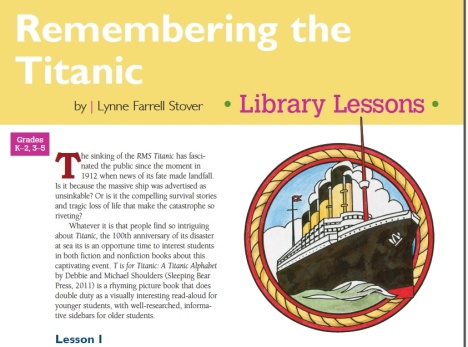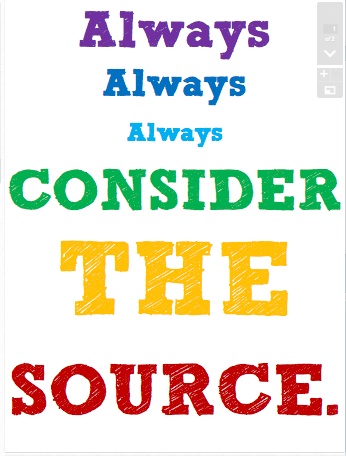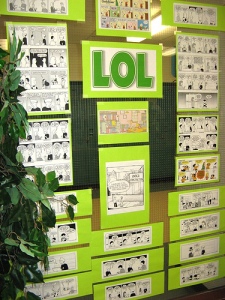This morning as I was pinning, I came across several great FREE items. Who doesn’t love free?
Lessons
- Use this search: “Lynn Farrell Stover” “Library Sparks” This generous lady shares her Library Lessons – and they are awesome! They are geared for elementary students but I have found ideas to “eduplay” with my grandsons. (Hmm…don’t know if that term will catch on.)

- The Book Bug‘s Destiny (catalog) exercises – for elementary, but I know I can use the general idea for my high school students:https://docs.google.com/file/d/0B8Hp3hxOmva9ekZhUVdUWkZKd28/preview If you have some time, surf through her site. Treasure trove!
- Teacher Vision’s Library Resources for Teachers Most of the activities are geared toward elementary and middle school students, but some can be modified for use with high school students. For example, librarians can add another level to the Dewey Relay game which divides students into teams tasked with being the quickest to locate books with a specific Dewey number. Perhaps combine this with gathering citation information to have students not only locate, but also use, library resources.
Printables
- Technology Rocks Seriously School Signs You aren’t going to believe the treasure trove of colorful free signs that this teacher generously shares!
- Lizz the Librarian’s “A Librarian Needs Printables” Signs, bookmarks, bookplates, and more.
- Jan Brett Library Signs Print and display – perfect for elementary school libraries.
Screenshots:
“Remembering the Titanic” from the PDF available from Highsmith at www.highsmith.com/pdf/librarysparks/2012/lsp_mar12_ll_titanic.pdf
“Always, always, always consider the source” from Technology Rocks Seriously’s Scribd. document. http://www.technologyrocksseriously.com/2012/01/blog-post.html















